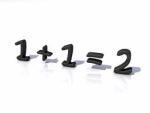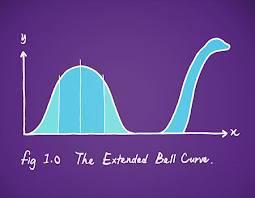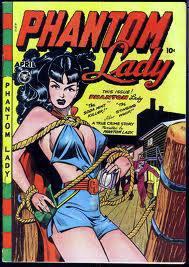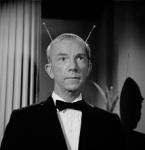Charles Murray co-authored the controversial book, The Bell Curve. In Real Education, he criticizes the whole “no child left behind” idea as harmful romanticism. Some children, he says, are just lost causes. We don’t live in a Lake Wobegon where they’re all above average.

His first example: if a company has 90 employees and increases that by 10%, how many does it now have? Sixty-two percent got this multiple choice question wrong. Indeed, inferring that some who didn’t were merely guessing, Murray posits that only around 23% actually knew the answer.
Call me a romantic, but I don’t think most American eighth graders are this dumb. They probably even have better social intelligence than me. While Murray is persuasive that cognitive ability measured by IQ tests does matter, it’s far from the whole story.


Murray is more persuasive in his critique of American educational practice. We place ever more weight on something with ever less true meaning: the college degree. Its recipients join the elite; others are consigned to loserdom. Fine perhaps if the degree really represented educational attainment, but we know how hollow that rings in an era of

I have repeatedly stressed that education is increasingly vital for people to prosper in the modern global economy. But that doesn’t mean herding everyone willy-nilly to get BAs, as Murray argues, because there’s little call for comic book art historians. While doctors, scientists, engineers and, yes, college professors, can only get the necessary training via college, that’s not true for many kinds of skilled technicians we also need. America doesn’t have much of a system for producing them (unlike Germany, notably). We do need more education, but not the sort we’re doing now.
And for people who are not going to become BA-holding professionals, the non-academic skills are even more important. Like the ability to pass the marshmallow test. A positive attitude toward work. Cooperativeness. Showing up on time. But maintaining the idealistic notion that all kids should target college, and giving up on those who don’t, again consigns too many to loserdom.

One increasingly important issue Murray does not address is the cost of higher education. Too many come out with $150,000+ of debt. Just like health care providers, universities charge what they charge because they can. And asking government to pick up more of the tab is not the answer because government money in the picture is itself a key reason why universities are able to charge so much. They’re milking taxpayers.
Lately there’s also been some discussion of how there’s too much emphasis on math and science and career-oriented education, to the detriment of humanities. Murray makes the point that while our system does succeed in turning out, say, biologists who know their biology, they become part of the intelligentsia running the country; and, for that role, their education should be broader, to give them the breadth of view and cultural grounding that a classical liberal education should ideally provide.

Well, maybe a few. Elizabeth, are you there?
